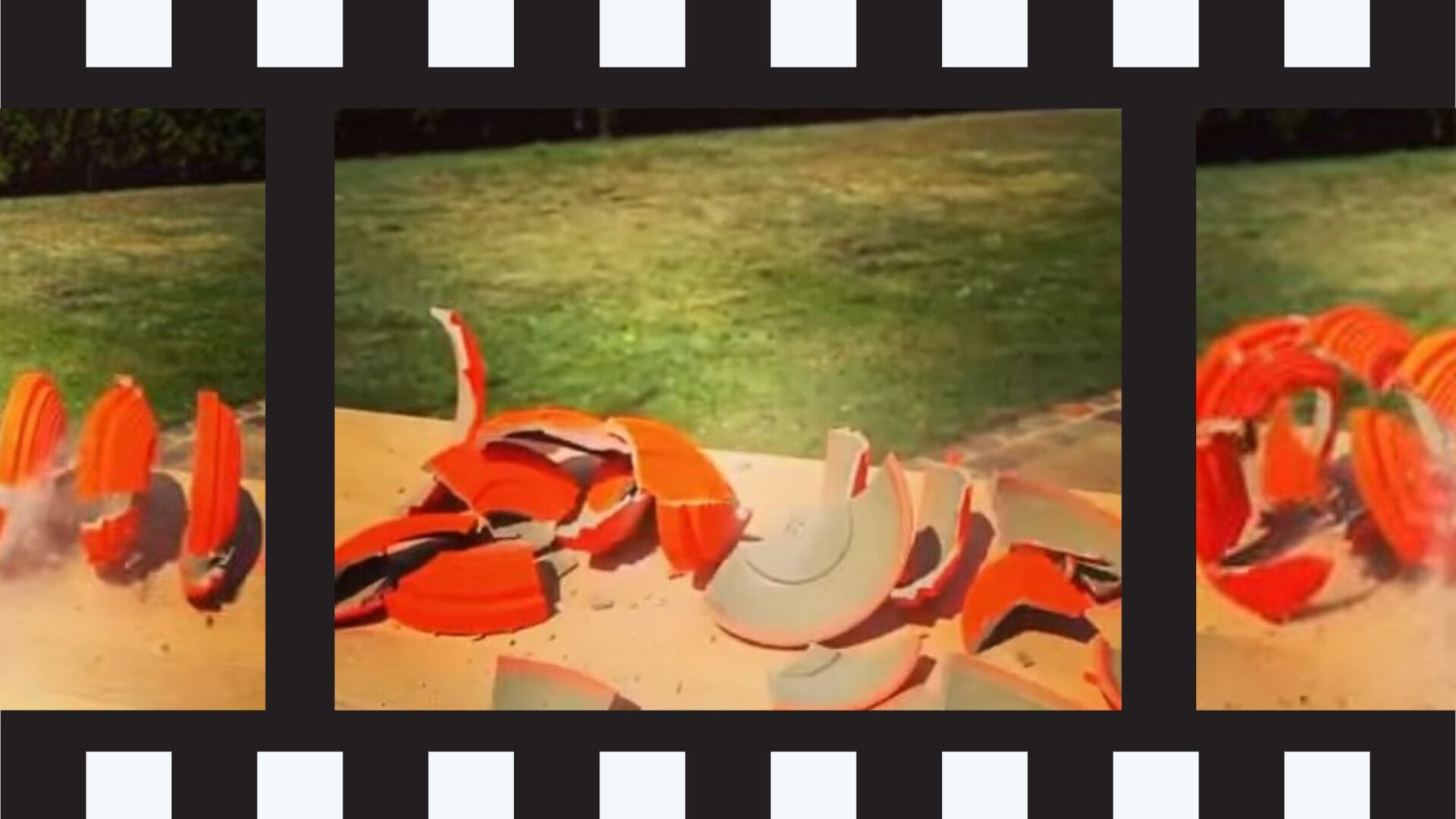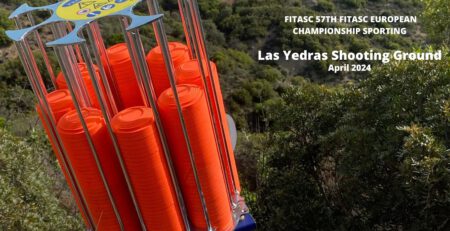5 TRUTHS ABOUT TARGET BREAKABILITY
Sunday morning. You jump out of bed with the same excitement that has been with you since you decided it was time to really get into your favourite sport, target shooting.
Perhaps you’ll never be able to do it professionally, but it’s clear to you that the secret to enjoying your shooting days is practice.
And, even though you have fun like a kid on the shooting range, you don’t quite understand why your hit percentages are not as high as they should be after all the time you’ve put in.
Do you want me to tell you a secret? It’s not you, it’s the breakability of the target.
And what does target hardness have to do with it?
More than you think.
Read on, banish the thought that the problem is you from your mind, and keep having fun like a kid.
Truth number 1: What’s in a target?
Let’s start at the beginning.
A target has four fundamental elements:
- Binder, an “adhesive” material that gives the product its “wettability”.
- Inert material, making it easier to get the target to the right weight.
- Catalyst or compaction additive
- Fluorescent paints, which ensure greater visibility on the shooting range.
The type of binder used, the way these four elements are combined during the manufacturing process and the working temperatures determine how hard or soft a target is.
The traditional “black belly” targets are made using pitch as a binder.
With this type of target, the saying “the more inert material added to the mix, the harder the target” is truer than ever.
But… there are other types of 100% natural binders, like pine resin, that are also used to make our Green Dream target.
Due to the characteristics of the resin itself, these are targets that, even with more inert material than the pitch targets, are softer and break better, pulverising when hit.
Truth number 2: what’s the perfect balance between a good break and a relatively soft target?
A good target needs to not only pulverise with the impact of the pellet, but also withstand, without breaking, the impact of the blade of the trap machine when it is thrown.
Even though each machine has a different way to “pamper” the target, it is important that the machines are well maintained: machine performance problems shouldn’t be covered up by using harder targets.
That doesn’t work!
Machine not in good condition = guaranteed problem!
If you’ve already practiced with a Kromson or a Mattarelli, you know perfectly well what I’m talking about.
Truth number 3: Why are harder targets used in most of Europe than in Spain?
I have to say: the breakability of a target doesn’t change according to the country where it is manufactured, but according to the target manufacturer itself.
In fact, it’s the breakability of the target that serves as the trademark of each manufacturer. It’s what its name is associated with on the market.
But why is there such a difference in breakability between one manufacturer and another?
As I mentioned, the harder a target, the more inert the load in the manufacturing process, the cheaper it is to manufacture and, therefore, the lower the manufacturing cost for the maker.
It should come as no surprise, then, that many brands of target manufacturers have decided to increase the breakability of their products as a way to reduce production costs.
A wise decision?
It depends on for whom.
The accountant of any shooting target factory will be delighted, but if the goal is to achieve the greatest possible satisfaction for the shooter on the shooting range, then not so much.
Not only because the target must be pulverized by the impact of the pellet, but also because the softer a target is, the more smoke balls you get and, therefore, the greater the shooter’s satisfaction.
After all, that’s what any target manufacturer is looking for, isn’t it?
Do you know how much it bothers a shooter to hear the “clink-clink” of the pellets or even to pick up targets from the ground with 5 and 6 holes?
Truth number 4: Is target breakability regulated by sporting institutions?
As you know, the institution that standardises shooting targets is the ISSF (International Shooting Sport Federation).
The issue is that the regulations only refer to the compliance of the size and weight of shooting targets.
Although breakability checks are sometimes made on reasonably handy measuring machines, there is no mention of hardness.
Nevertheless, and taking into account that many of the complaints from shooters are about this very issue, it would be highly advisable to consider including this aspect in the existing regulations (most of all the sport’s Olympic modalities).
Truth number 5: Should the breakability of the target be the same in all competitions?
Absolutely!
Let’s imagine a competition in which two different types of targets are used, one harder and one softer.
As you know, the percentages of any shot vary greatly depending on target breakability. The same shooter, all other things being equal, would achieve different results.
That wouldn’t make sense, would it?
As I explained at the beginning, the harder the target, the lower the percentages achieved by the shooters and, therefore, the greater the dissatisfaction.
And that’s not what we want.
That’s why we always try to go one step further at Corsivia. Corsivia clays are extremely consistent yet easily broken by the shooters.
In addition to guaranteeing precise weight and size, we comply with other controls such as visibility, fragility when shooting at different distances and type of cartridge, flight consistency and breakage percentage in the machine.
Want to know more about our targets? Contact us and a specialist will help you with each and every one of your questions. We look forward to chatting with you!












